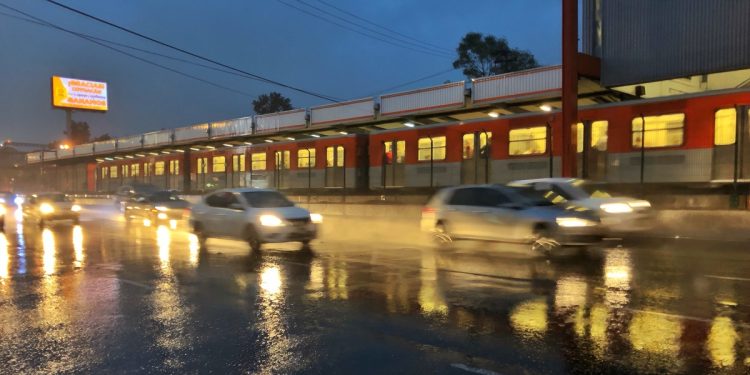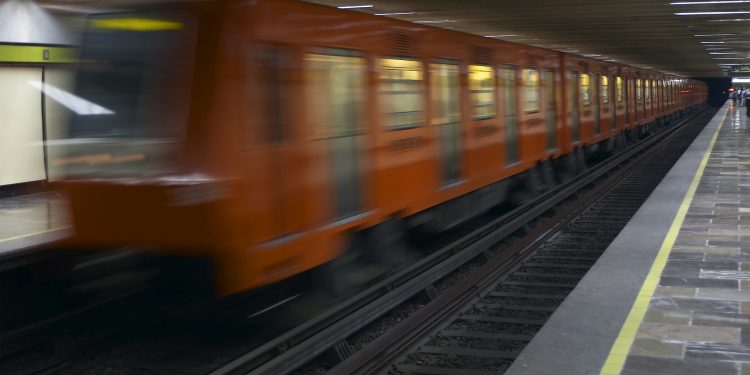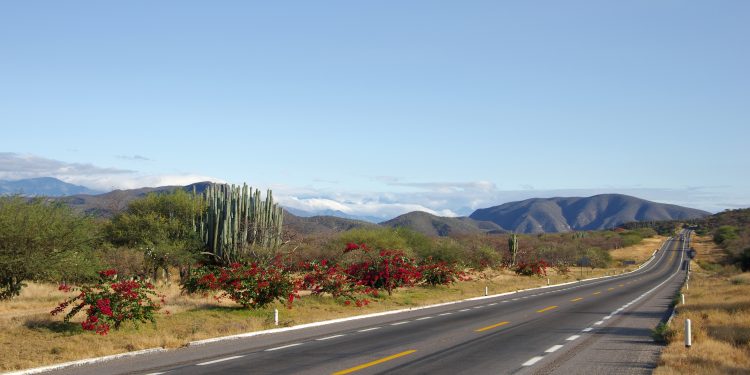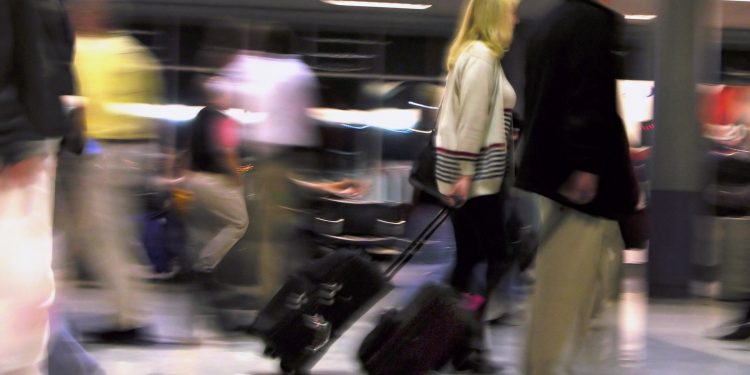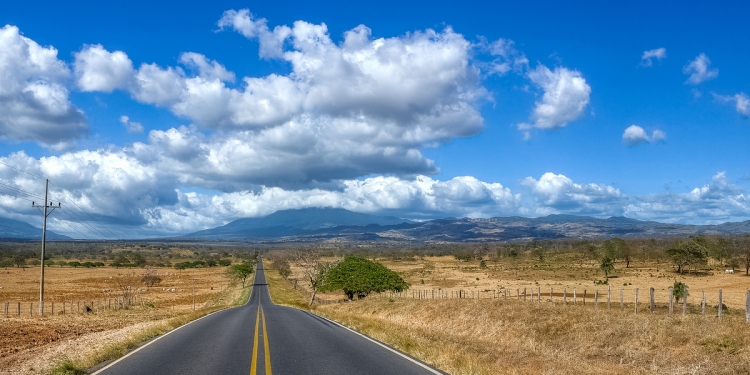Seasoned travelers making their way around Mexico City will know that the capital’s Metro train system —complemented by Metro Bus lines— can be the quickest way to traverse this highly-congested city. Indeed, anyone contemplating a visit to the historic center should consider using the Metro instead of road alternatives—not only is it less expensive, it’s quite likely to get you there and back in less time.
Journey times can take longer in the rain season
There is however a note of caution to be shared about metro use during Mexico’s rainy season (May/June to November), when torrential downpours can tip copious amounts of water onto the city’s streets—and metro train tracks.
Mexico City’s metro trains are French-made and, like the subway in Paris, the trains run on rubber wheels rolling over a wide steel plate. This makes for a more comfortable ride, as the traditional grooved metal wheels —which run along thinner metal rails— only come into use if one of the rubber tires bursts.
When it’s dry —and when the rails are covered underground— this system works perfectly well. However, considerable stretches of Mexico City’s Metro system run over-ground, and rubber wheels on wet metal tracks bring about a serious skid-risk, which means that during the downpours, the lines which run some or all of their route outdoors are forced to slow down for safety: longer distances between trains are created by the network managers, and the trains themselves are made to run slower on the tracks. This translates into delays (for example, long waits between stations) and longer journey times.
If you’re traveling on the capital’s Metro system during the rainy season —or in the dry season on an otherwise wet day— remember to build-in some extra time and be prepared to exercise patience on your journey.
A glimpse of Mexico City’s metro system
Mexico in your inbox
Our free newsletter about Mexico brings you a monthly round-up of recently published stories and opportunities, as well as gems from our archives.

